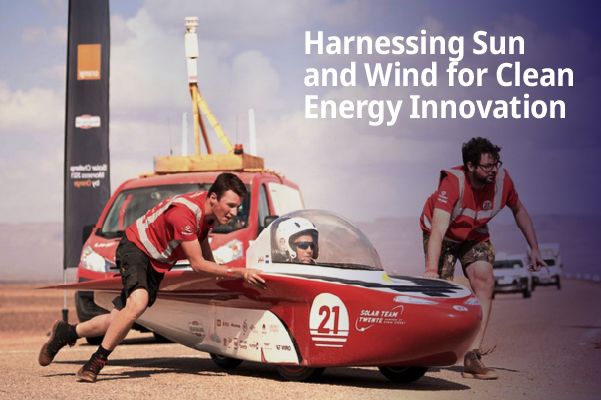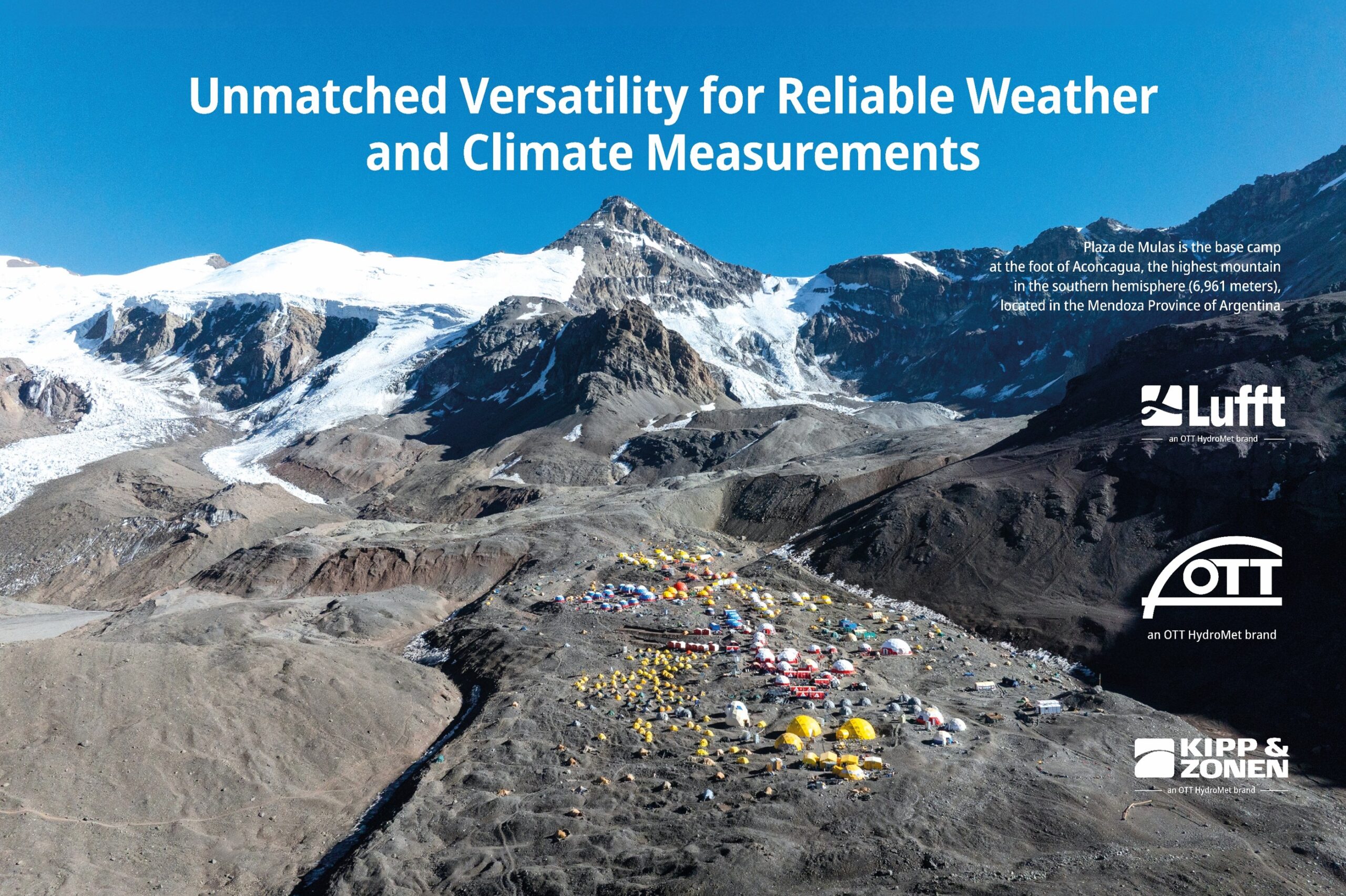Certainly, with temperatures below zero for many days in a row, it is assumed that roads are slippery. If you feel insecure, you might remember the advice of your driving school: at walking pace, just push the breaks once and see if the car slips. Unfortunately, it is not always that easy.
Certainly, with temperatures below zero for many days in a row, it is assumed that roads are slippery. If you feel insecure, you might remember the advice of your driving school: at walking pace, just push the breaks once and see if the car slips. Unfortunately, it is not always that easy. If you are already driving on the motorway, you will have a hard time slowing down to walking pace again. In addition to that, fast changing weather and local weather phenomena often make it impossible to foresee road conditions.
Weather in unfamiliar places
Things get even worse when you are confronted with very low temperatures in places where you simply did not expect them. Or did you know that even in Spain temperatures can occasionally drop to -20 °C? Where oranges and lemons grow in the summer, where people moan at temperatures of 40 °C in the shade, roads can suddenly turn into life-threatening ice rinks.
The weather forecast – your new best friend
How nice it is to rely on your weather report to warn you, if danger is ahead. However, how can you know exactly where to expect road ice? You could, for instance, use the help of slip hazard reporting systems such as the ice warning stations (GMA) by LUFFT. This device measures the temperature and salinity of the roadway. In this way, ice can be detected in a very efficient manner and motorists can be warned in time. This helps to prevent accidents and traffic flow is maintained, which is of special importance for all logistics companies.



